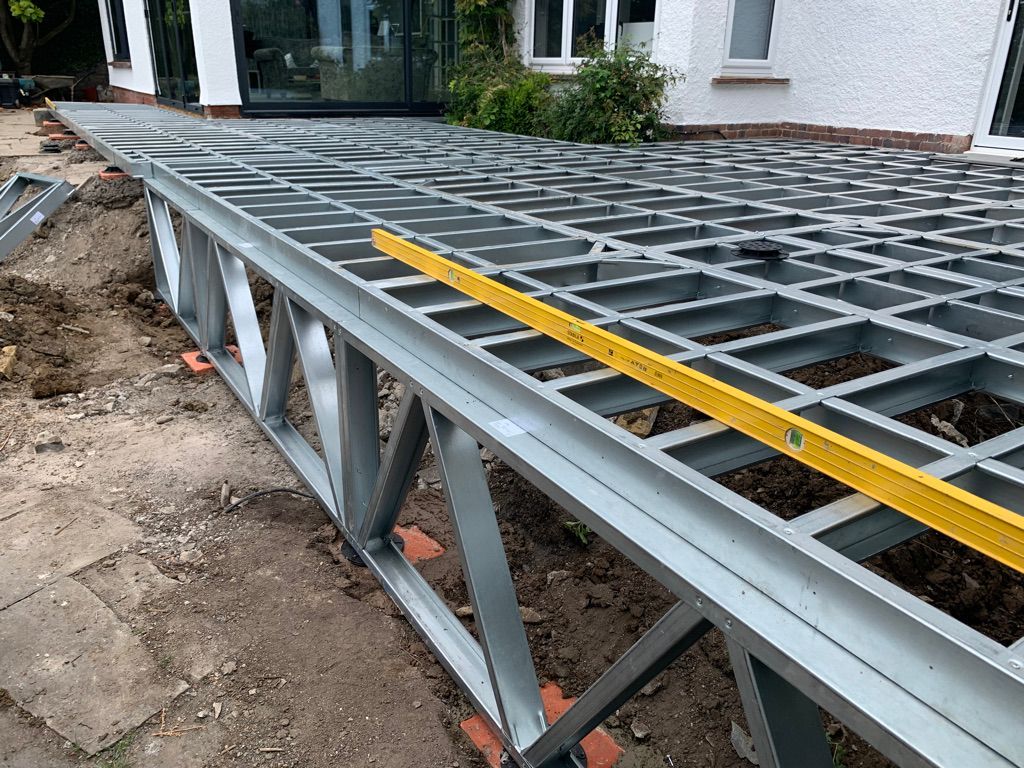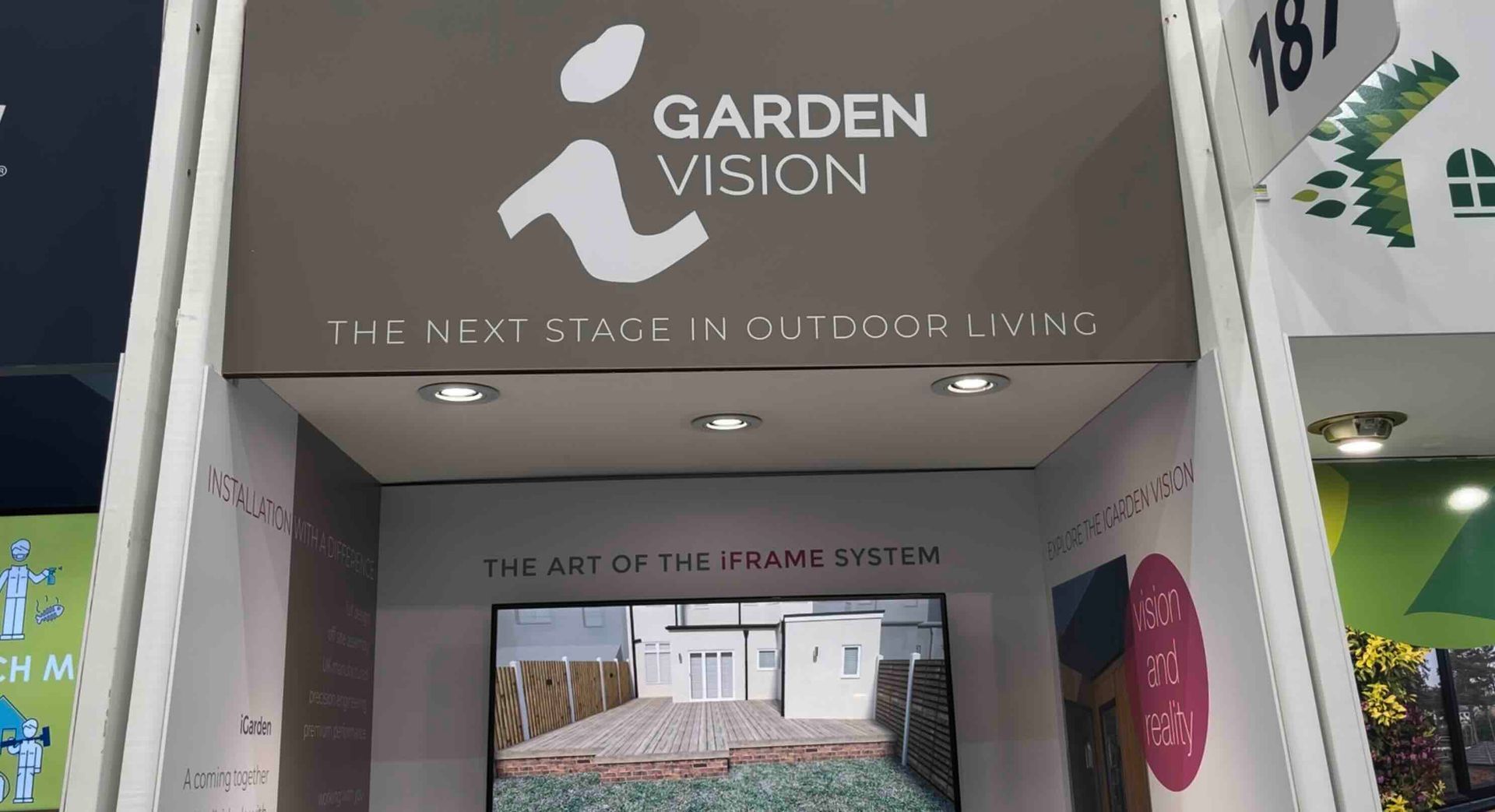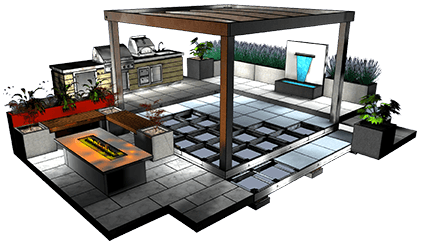In essence outdoor porcelain paving, or porcelain tiles are not slippery when given the right information for your choice.
As well as choosing your porcelain tile colour and size you will also need to consider the texture. All the textures will be measured with a ‘grip’ or non-slip rating so you can choose the perfect tile for the area in your garden. These range from a very low slip resistance to a very high slip resistance, so whether you are choosing tiles for your swimming pool area, hot tub surround or general patio area there is a porcelain tile finish for you.
Now, the great British weather is always a factor to consider and even though porcelain tiles are non-porous and do not absorb water, water will still sit on the surface of the tile. You could sweep the water off with a squeegee mop or let the water evaporate naturally but if during the colder months a cold spell is forecast then you would need to be a bit more prepared.
There are many solutions on the market to prevent ice buildup but highly recommended comes Ice Melt. Ice Melt works by sprinkling it over your dry tiles and when temperatures drop below freezing Ice Melt is activated and prevents any ice forming. Ice Melt works faster than rock salt and keeps working to temperatures below -15c, it prevents re-freezing and can last for up to 36 hours. It is non-corrosive and non-toxic so is safe for children, animals, and plants, highly bio-degradable and leaves no residue on the tiles.
So when it comes to choosing the right outdoor paving solution for you, you really can’t go wrong with porcelain tiles.
www.primaporcelain.co.uk are a good example of a company that offer a wide range of porcelain paving solutions for your outdoor space.









